“The sun is sinking in the west
The cattle go down to the stream
The redwing settles in the nest
It’s time for a cowboy to dream” – My Rifle, My Pony and Me (Tiomkin/Webster) © Warner Chappell Music, Inc
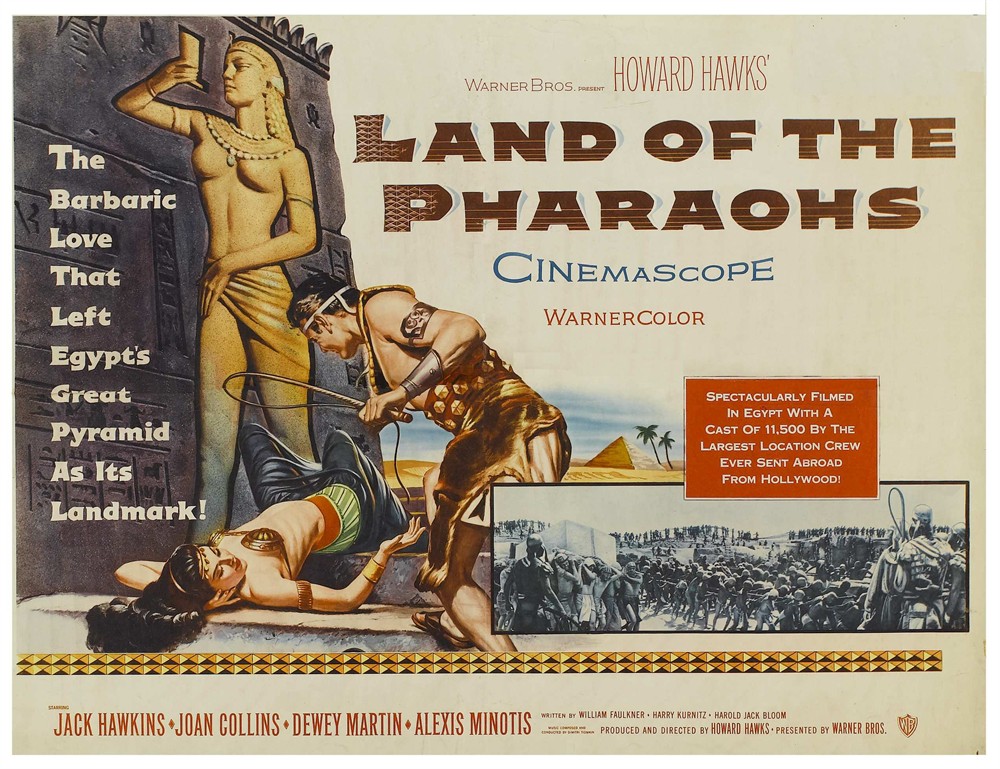
In 1958, when lauded movie director Howard Hawks decided to begin work on his next feature, it had been four years since he had directed a film – the longest break of his career. His previous outing, 1955’s Land of the Pharaohs, a big-budget sword-and-sandal-epic, had proven to be a critical, as well as commercial disaster. It was at that point that Hawks opted to take a hiatus from the movie business, and spent his time traveling around Europe.
Upon returning to the U.S., Hawks chose a Western theme for his new project, and although he had had previous success with the genre, he soon discovered that getting the “green-light” for his project from a studio would prove to be a challenge.
“Purple light in the canyons
That’s where I long to be
With my three good companions
Just my rifle, pony and me” – My Rifle, My Pony and Me (Tiomkin/Webster)
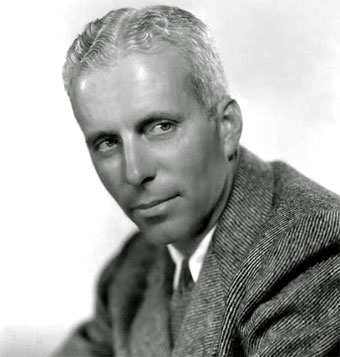
Howard Winchester Hawks was born May 30, 1896, in Goshen, Indiana. Howard’s father, Frank Winchester Hawks, descended from a family of American pioneers, whose ancestor John Hawks had emigrated from England to Massachusetts in 1630. His mother, Helen Brown (née Howard), was the grand-daughter of the founder of the Howard Paper Company, for whom Hawks’ father would work. By the 1890s, Howard Hawks’ family was one of the wealthiest in the Midwest.
In the early part of the twentieth-century Hawks’ family would begin spending time in Pasadena, California, where they were escaping the harsh Midwestern winters in hopes of improving Helen Hawks’ poor health. In 1910, the family permanently moved to California.
By the time Howard Hawks began attending Pasadena High School, he had discovered coaster racing (an early form of soapbox racing), and not too long afterward he learned to fly airplanes. Following high school, Hawks attended Cornell University in Ithaca, New York, where he majored in mechanical engineering, but was remembered by friends to have spent more of his time playing craps and drinking alcohol.

It was during a summer vacation away from college that he first began working in the film industry. His interest in aviation and auto racing had led to his becoming acquainted with Hollywood cinematographer Victor Fleming, and it was Fleming who found Hawks a job as a prop boy on a film that he was making.
He returned to Cornell to continue his education but left school in April 1917, to join the Army, after the U.S. entered World War I. Hawks’ basic training took place at the University of California at Berkeley, where he was trained as a squadron commander in the air force. During his time in Berkeley, he was visited by actress Mary Pickford, whom he had met while working in Hollywood. According to Hawks, his superior officers were so impressed by his knowing the actress that they promoted him to flight instructor and sent him to Texas to teach new recruits.

Following the war, Hawks was anxious to return to Hollywood. He was soon finding film industry employment in a variety of capacities, proving himself with silent films, then proving himself anew as “talkies” began taking over the industry. Working for a number of different studios, producers, and directors, he was exposed to many different filmmaking techniques and philosophies, absorbing as many influences as he was able, as he began developing his own style.
“Gonna hang my sombrero
On the limb of a tree
Coming home, sweetheart darling
Just my rifle, pony and me” – My Rifle, My Pony and Me (Tiomkin/Webster)
By the mid-twentieth century, Howard Hawks had established himself as a versatile film director, finding success in a variety of genres including comedies, dramas, gangster films, science fiction, film noir, and Westerns. But even a proven director with a stellar track record is not immune to making a clunker, which is exactly what happened when he directed the sword-and-sandal epic, Land of the Pharaohs. With a huge budget, a weak story, and no major stars, the movie was a failure, and Hawks left the country and the film industry for four years.
When Howard Hawks returned to the U.S. following his hiatus in Europe, one thing that caught his attention was the relatively new medium of television. He came to understand that to get viewers to tune in to a program each week it was important to have characters that they believed in and could identify with, making the plot almost secondary. Another observation was that in the late 1950s, one-third of all prime time television shows were Westerns.
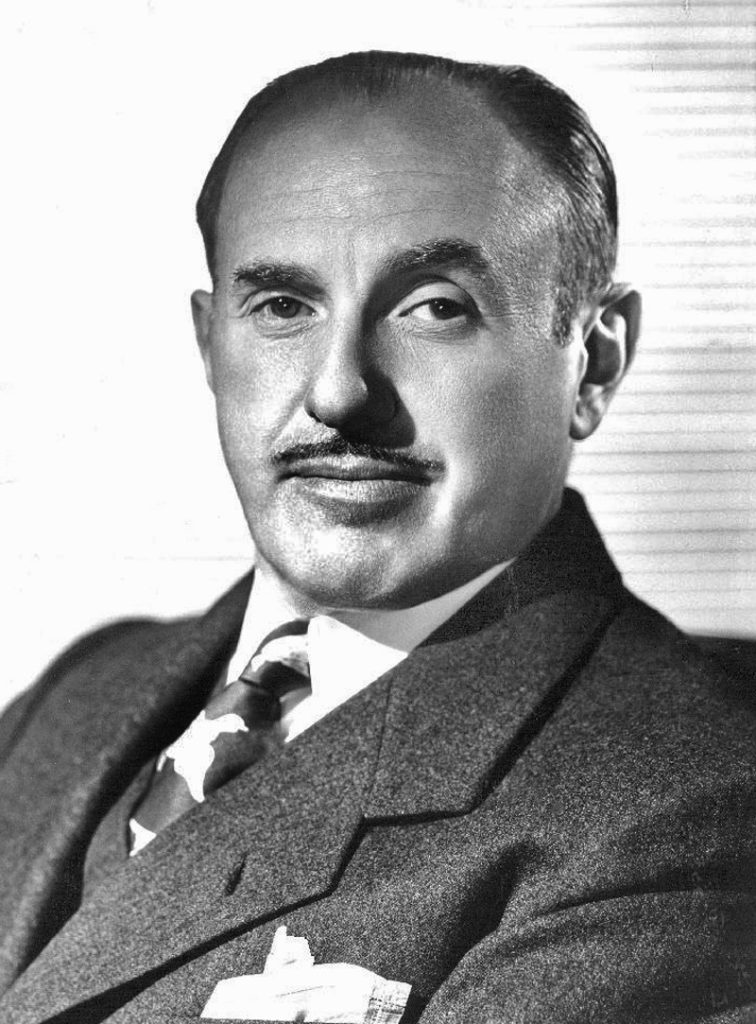
With a short story entitled “Rio Bravo” as his source material, Howard Hawks pitched the idea of a Western to Warner Bros studio head, Jack Warner. Warner replied that the genre was played out and was reluctant to give the go-ahead until Hawks was able to get John Wayne to agree to be in the film. Wayne had not made a Western for several years, and his four previous films had not enjoyed the same success as his bread-and-butter cowboy pictures did. John Wayne and Howard Hawks were both at a point in their respective careers where they needed each other to get back on track. With a working title of Bull by the Horns, and “Duke” Wayne in the starring role of Sheriff John T. Chance, the film that would become Rio Bravo was given the green light by Jack Warner, and Howard Hawks looked to casting the film’s supporting roles.
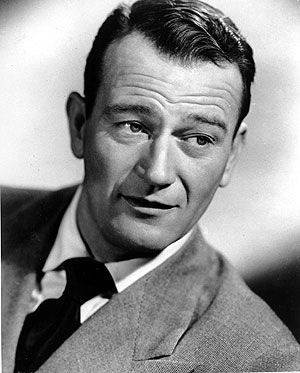
One source describes the movie’s plot as such:
“. . . the film is about the sheriff of the town of Rio Bravo, Texas, who arrests the brother of a powerful local rancher for murder and then must hold the man in jail until the arrival of the United States Marshall. With the help of a “cripple”, a drunk and a young gunfighter, they hold off the rancher’s gang.”

Frank Sinatra 
Dean Martin
Though it has been reported that Frank Sinatra was considered to play the role of Dude (the drunk), Howard Hawks tells the story that he was contacted by Dean Martin’s agent who explained that Dean was interested in the role. Hawks told the agent that he would meet with Martin at 9:30 the following morning. When Hawks learned that Martin had done a show in Las Vegas until midnight, and hired a plane to fly him to the meeting, he was so impressed with that kind of commitment, that he knew the actor would excel in the role. He immediately sent Martin to be fitted for wardrobe, indicating that he had won the part.
For the role of Colorado, the young gunslinger, Howard Hawks wanted an actor who would connect with teenagers. The director originally set his sights on Elvis Presley, but Elvis’ manager, Col. Tom Parker, asked for top billing and too much money. These demands didn’t fly with Howard Hawks or John Wayne, and the search continued.

Elvis Presley 
Ricky Nelson
Ricky Nelson was a huge star at the time, a teenager who had literally grown up on radio and television as a co-star of his family’s show, The Adventures of Ozzy and Harriet. In addition, he was now enjoying success as a recording artist due to the exposure he received performing musical numbers each week on his parents’ show. However, Howard Hawks initially believed Nelson to be too young and too lightweight for the role of Colorado. Later the director would concede that having Ricky in the picture had certainly been a boon to the film’s box office receipts.
Howard Hawks was known as a man’s man: he was tall, considered handsome, and was athletic – having won the United States Junior Tennis Championship at the age of eighteen. His pursuits included aviation, motorcycles, and auto-racing: he built the car that won the 1936 Indianapolis 500. The elements of style that his films possessed became known as “Hawksian”, with one of those elements being the quiet strength of his leading characters, both male and female.
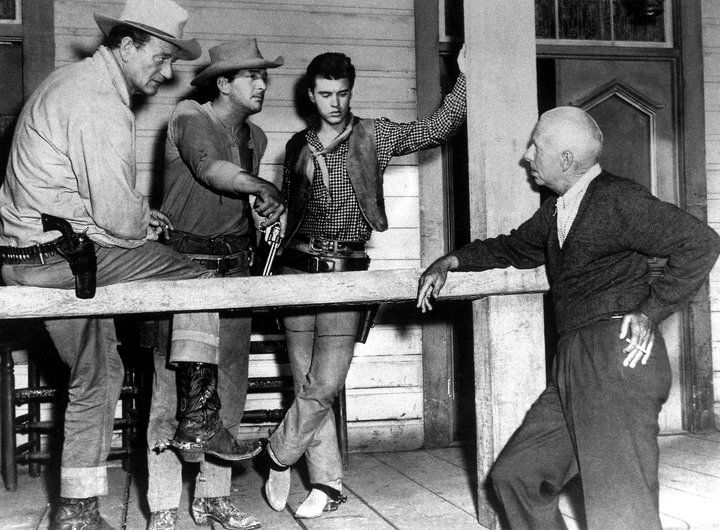
“Whippoorwill in the willow
Sings a sweet melody
Riding to Amarillo
Just my rifle, pony and me” – My Rifle, My Pony and Me (Tiomkin/Webster)
Another intrinsic “Hawksian” element was his scenes of camaraderie and male-bonding; a prime example being Rio Bravo’s jailhouse segment which takes place just prior to the movie’s final showdown and gunfight. In the scene, John Wayne, Dean Martin, Ricky Nelson, and veteran character actor Walter Brennan (playing Stumpy “the cripple”) have barricaded themselves inside the jail, and what else do you do when you have two world-class singers in your cast? You have them sing!
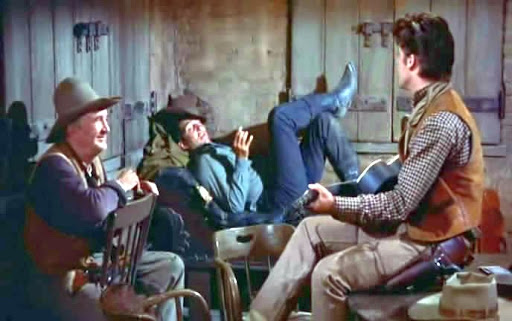
With Colorado providing guitar accompaniment and Stumpy on the harmonica, Dude begins singing, “My Rifle, My Pony and Me”, while Sheriff Chance looks on. Colorado then joins in, sharing the lead vocals and harmonies with Dude. At the conclusion of the cowboy ballad, Stumpy calls for another one, urging Colorado to “play something I can sing with you.” Colorado responds with the traditional folk song, “Get Along Home Cindy,” with Dude and Stumpy joining him on the choruses.
The scene may seem corny, and many critics have called it such, but for the men of Rio Bravo, this was an essential moment of male-bonding that was accomplished with music as opposed to dialogue.
“My Rifle, My Pony, and Me” was written by Rio Bravo’s musical score composer, Dimitri Tiomkin, who was known for his Western film scores, and with whom Howard Hawks had worked on Red River. “My Rifle, My Pony and Me” was created from a tune the composer had used in Red River, with lyrics added by Paul Francis Webster. Members of the Western Writers of America have chosen “My Rifle, My Pony and Me” as one of the Top 100 Western songs of all time.

Dimitri Tiomkin 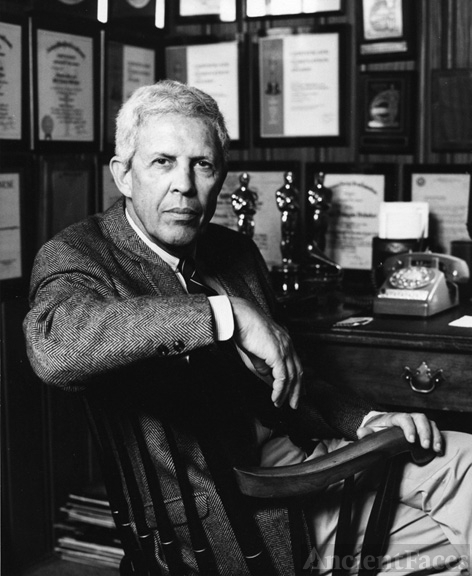
Paul Francis Webster
Over the film’s closing credits, Dean Martin, backed by the Nelson Riddle Orchestra, sings, “Rio Bravo”, also written by Tiomkin and Webster. In addition, Johnny Cash wrote the song, “Restless Kid” for the film, but it ended up not being used. Ricky Nelson recorded it and included it on his 1959 album, Ricky Sings Again.
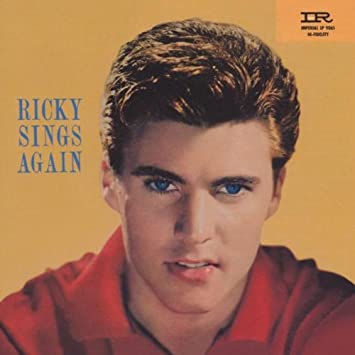
Although Rio Bravo was a box office success, it was not initially praised by critics. However, the years have been kind to the film, and it is now regarded as one of the most influential films ever made. Indeed, Howard Hawks loved the plot so much, that he essentially remade the movie twice: as El Dorado in 1966, and Rio Lobo in 1970, both featuring John Wayne in the leading role. Director John Carpenter also found influence in Rio Bravo, using the plot as the basis for his 1976 film, Assault on Precinct 13.
In 2008, the American Film Institute nominated Rio Bravo for its Top 10 Western Films list and it was the second-highest-ranking Western (63rd overall) in the 2012 Sight & Sound critics’ poll of the greatest films ever made. In 2014, Rio Bravo was deemed “culturally, historically, or aesthetically significant” by the Library of Congress and selected for preservation in the National Film Registry. And most important to a lover of music, Rio Bravo was the genesis of one of the all-time great cowboy songs. Take a listen and watch the scene below.
“No more cows to be roping
No more strays will I see
Round the bend, she’ll be waiting
For my rifle, pony, and me
For my rifle, my pony and me” – My Rifle, My Pony and Me (Tiomkin/Webster)
Sources:
https://en.wikipedia.org/wiki/Rio_Bravo_(film)
https://en.wikipedia.org/wiki/Howard_Hawks
https://www.rogerebert.com/reviews/rio-bravo-1959
https://www.imdb.com/title/tt0053221/trivia
All photos sourced through internet searches, none belong to the author.




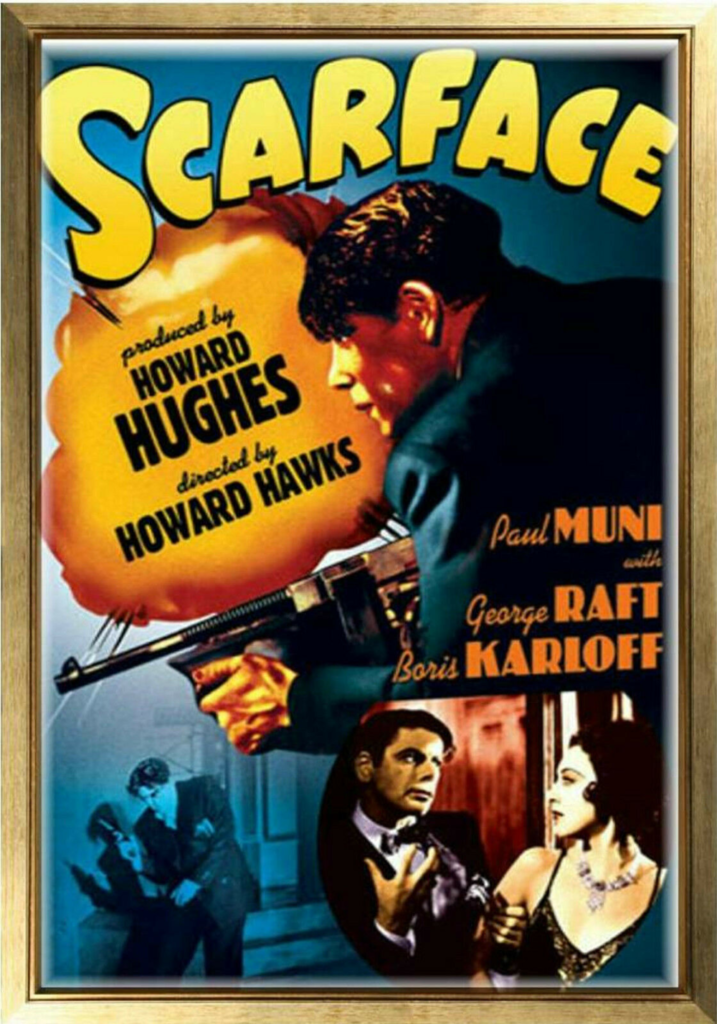

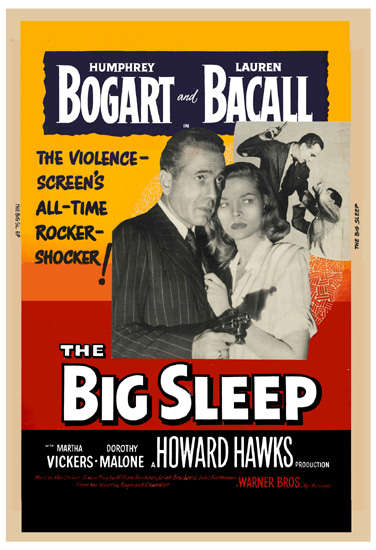
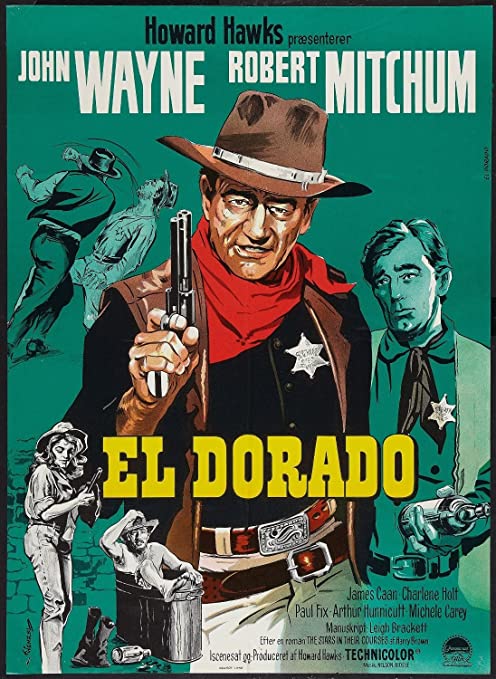
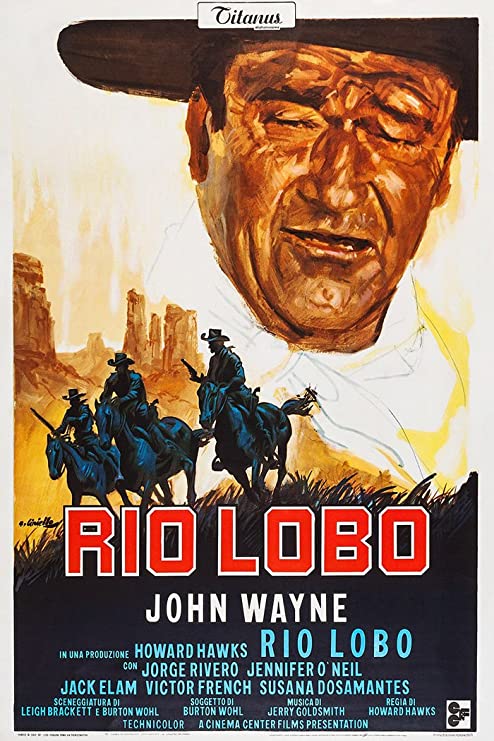

Heya! I’m at work browsing your blog from my new iphone!
Just wanted to say I love reading your blog and look forward to all your posts!
Carry on the superb work!